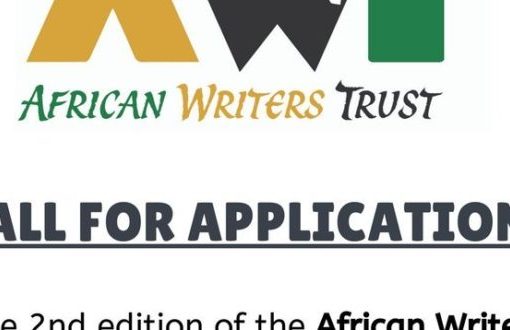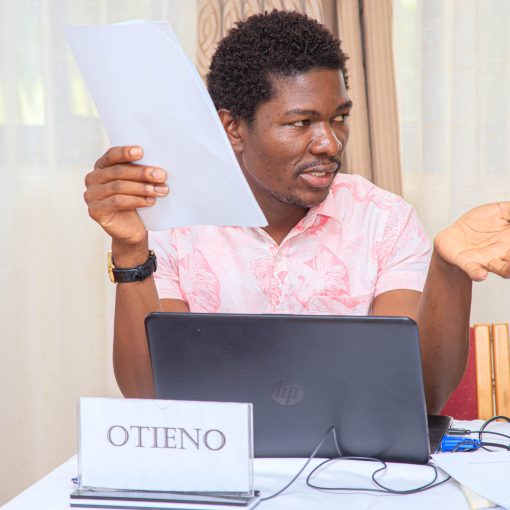The day started off with Otieno Owino, PFP 2020 lead facilitator, delving into editing essentials with invaluable contributions from Crystal B. Rutangye, the co-trainer. Crystal completed an MA in Publishing Studies at the University of Stirling in the UK where she underwent a two-week internship with Palimpsest Book Production Ltd,UK. She is a publishing consultant majorly helping self-publishing authors/firms to produce and sell standard publications. She is the founder of Scribe House, a Ugandan-based publishing agency. In 2012, she was a participant of the first African Writers Trust Editors` workshop facilitated by Ellah P. Wakatama.

The editorial process is a major part of self-publishing and has to be up to the standard of traditionally published books. There are three main stages of editing a manuscript; structural editing, copy editing, proofreading.
Structural Editing
Structural editing for fiction writing deals with the story and identifying the strengths and weaknesses in it. Structural editing is about looking at the big picture, evaluating the manuscript as a whole and analysing how well its constituent parts contribute to the central message or narrative.
The questions asked when doing structural editing are: Does the story flow? Do I care about the characters? Is the story accessible? Does it make sense?
A structural editor considers story elements, theme, flow, tense and voice. A structural editor thinks of the story in totality and figures out what is working and what isn’t. He/she then makes suggestions and proposes solutions to the problems.
At this point, participants were asked to review samples of stories in different groups and pay attention to themes, flow, voice and if the story was believable.
Copyediting
Once the structural editor and the author agree on all the big picture issues, the manuscript moves to the copy-editor. The copy-editor’s job is to ensure consistency, clarity, cohesion and correctness of the story. The copy-editor works on the text and is sometimes called the line editor.
The primary job of the copyeditor is not to work out the structural issues. A copy-editor ensures consistency of mechanical matters, and follows the style guide thoroughly which enforces the style specifications. Style guide [Or house style] is a document prepared by a publisher that outlines how different aspects of the copy are treated during the copy-edit. These include abbreviations, acronyms; American English or British English; capitalization; dialogue, hyphenation; ellipses; dashes; time; money; titles etc.
A copy editor also does language editing, fixing grammatical errors, syntax and usage. He/she points out wordy or convoluted paragraphs (that would confuse the reader).
A copy editor should adhere to these rules while editing a text; Do no harm, respect the writers style, the writer’s voice and respect the reader. In respecting the reader, a copy-editor needs to get the best copy possible.
The participants were given a copyediting exercise at the end of the session.
Proof reading
A proof-reader’s work is to mop up any issues that were left hanging by the copy editor. Proofreading is done when the printer avails the author or publishing house with advanced copies, so any issues are cleaned up. The proof-reader checks for spelling, typos, errors, and design.





